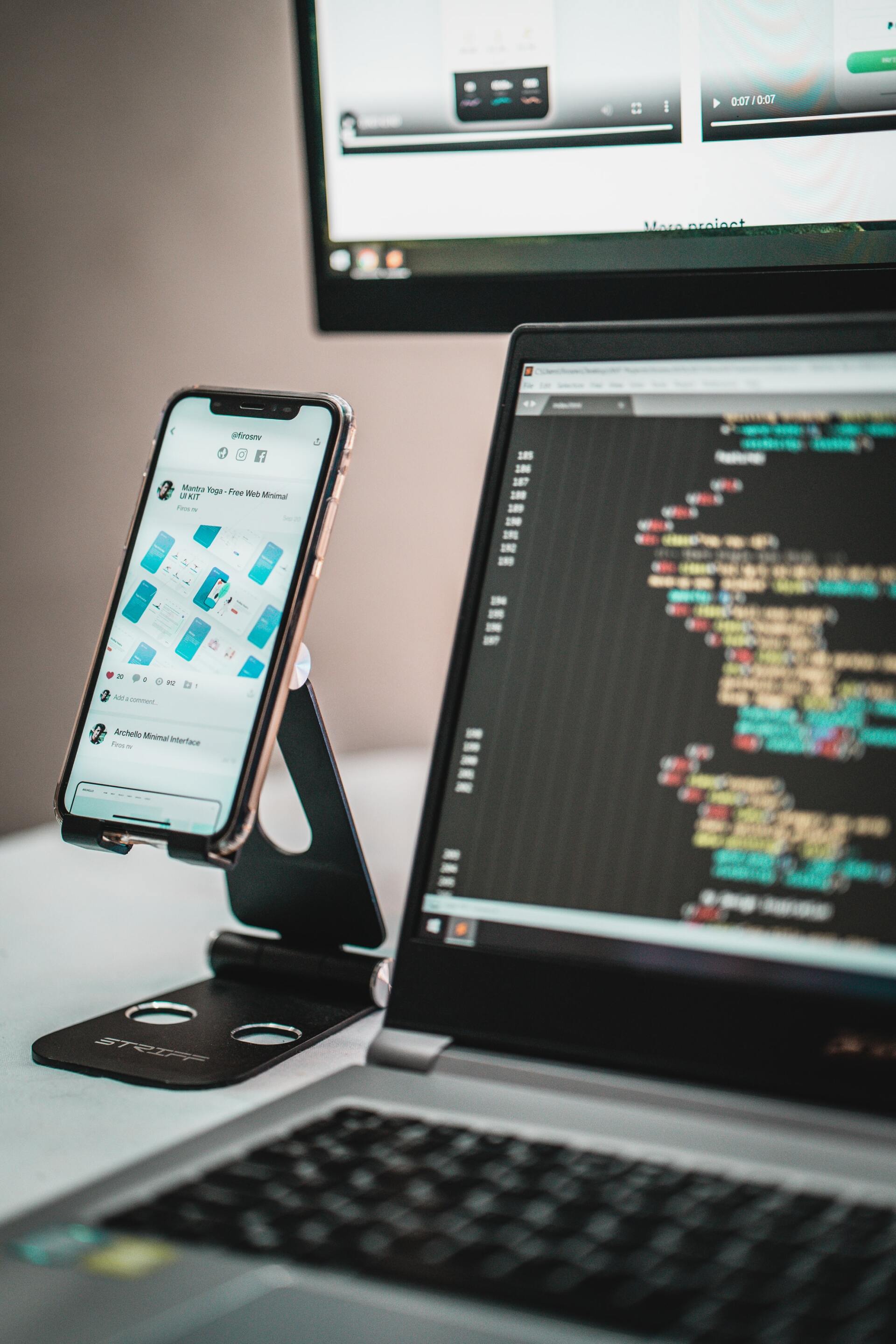Support Articles
Stay Connected
Manage Post Settings

To add, publish, unpublish, edit, or remove posts from your blog, in the left panel, click Blog, and then click Manage Posts. Next to a post, click the Post Settings icon.
Post Status
The post status is listed at the top of the section, and you can configure the post URL, and publish date for the post. Post status includes:
- Post URL (Permalink). Type to change the post URL, or click Copy to copy the URL to the clipboard. The post must be published copy the URL.
- Change publish date. Changing the publish date changes the order of posts in the blog.
Click Unpublish or Republish, as needed.
On unpublished posts, click Publish, or click Schedule post to select a date and time for the post to be published.
Post Details
Add main post details to be connected to the layout and inherit the layout design. Post details include:
- Post title. Type a short title for the blog post.
- Post author. Select an author from the list. Only users who have been granted blog access to the site are eligible blog authors.
- Post main image. Click +Image to select or upload a main image for the post.
Post Metadata
Metadata improves SEO and enables search engines to understand the content of the post. Metadata displays in the All Posts and Recent Posts widgets and appears when posts are shared.
Tags are grouped into categories, so you can filter posts based on tags in the All Posts widget. You can add the All Posts widget onto multiple pages and sort the posts by their tags in the Content editor.
Post metatdata includes:
- Post Thumbnail. Click +Image to select or upload an image. Alternatively, include alt text for the image which enables search engines to recognize the image content.
- Post Description. Type a short summary of the post. If empty, text is taken from the beginning of the post.
- Tags. Categorize your blog posts by adding tags to your posts. To add tags, type a tag in the field provided, and type Enter.
Related Articles





